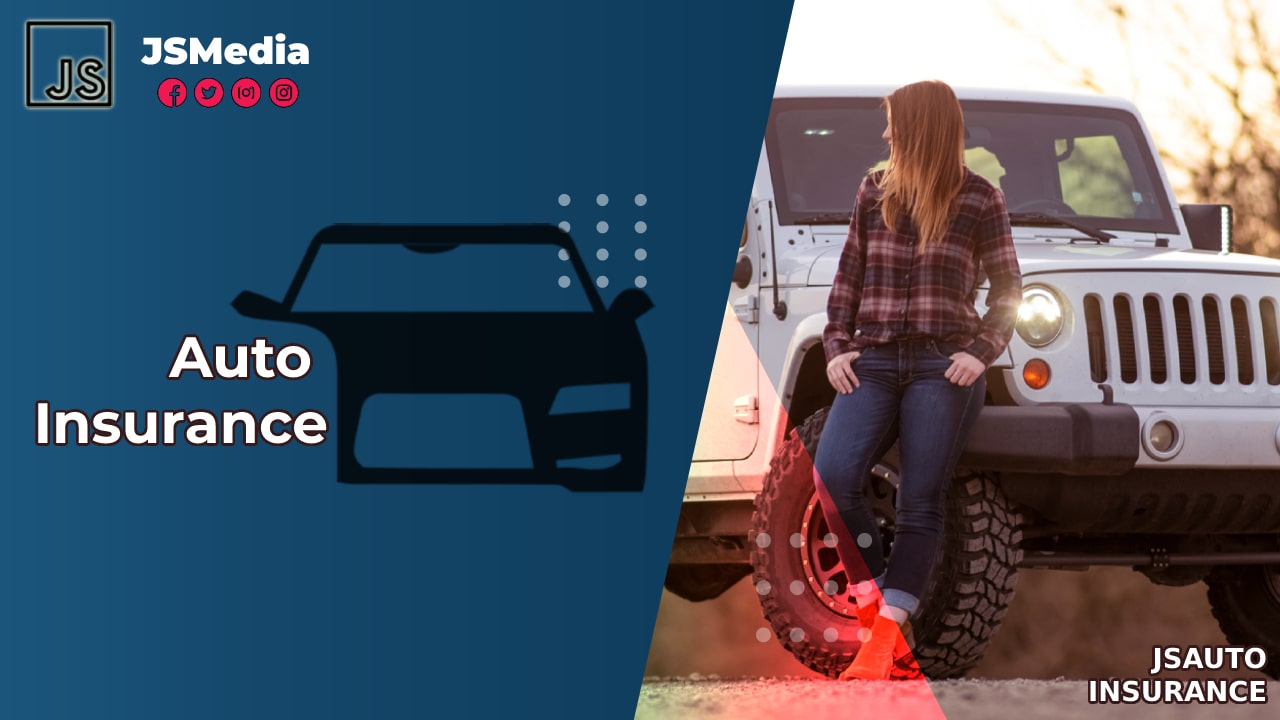JSMedia – Auto insurance terms are used to describe different types of coverage and how they relate to each other. Liability insurance covers damages caused by an uninsured driver, and underinsured motorist coverage protects you against uninsured drivers. The purpose of a vehicle is taken into account during the underwriting process, and it is possible to change your insurance provider in the future. Medical payments coverage pays your medical costs and death benefits, and uninsured motorist coverage is essential to cover damages caused by an underinsured motorist.
Full coverage refers to the coverage you purchase from an insurance company. It includes a limit on your coverage, and the term of the policy. Depending on the insurer, your policy will last for either six or twelve months. You can renew your policy, or you can let it lapse, but be sure to make sure that you’ve chosen the correct coverage limits. There are no standardized definitions for full coverage. But knowing your coverage limits is important.
Deductibles are the amount of money you agree to pay out of pocket when an accident occurs. The higher your deductible is, the more your insurance will pay out if you’re at fault in an accident. A high deductible is a good idea if you are frequently at fault in an accident. It will make it more difficult for your insurer to deny your claim. In some states, carriers are not allowed to deny your application for coverage based on factors such as gender or age, which can result in a lower premium.
Auto Insurance Terms: What Are Auto Insurance Terms Used to Define Different Types of Coverage?

Whether or not you’re a responsible driver or not, auto insurance has some important terms and conditions. You can read up on the terms in the policy and choose one that best suits your needs. If you’re not sure which of these terms apply to you, use an auto insurance dictionary to make the process easier. It will help you understand how to shop for a policy and how much coverage is necessary. When you’re shopping for car insurance, keep in mind that the amount of coverage you’re required to buy depends on the value of your vehicle, safety record, and risk of theft.
There are also terms for insurance policies. First, you need to understand how to read your policy and how to read the fine print. It is also important to understand the terms used to determine the amount of coverage you’ll need. By reviewing the policy, you will be able to understand the differences between the various types of coverage. When shopping for a policy, make sure to read the insurance company’s website. Some companies will offer quotes to people who are already covered, while others won’t.
The insurance policy is the contract between the insured and the insurer. The policy states which items are covered, how much the insurer will pay, and how much the insurer is willing to pay. In addition to the deductible, the policy also lists the exclusions. You should also take note of your insurance company’s credit score. Your insurance score will reflect your credit history and other factors. It will help you determine your premiums and deductibles.
You must understand the different types of coverage for your policy. It will provide coverage for damages to other people’s property. It may also pay for your legal defense in case of a lawsuit. You should also be aware of how a policy affects the financial stability of the insured. If you get into an accident, the other party will have to pay for the damages. In such a case, the insurance company will reimburse you for the costs.
An auto insurance policy will also specify your deductible. This is the amount that you are expected to pay for repairs before the insurance company starts paying. In a collision, if the other party is at fault, the insurance company will pay the claim. If another party is at fault, the insurance company will seek to recover the damages from that person. In some cases, an auto insurance policy may also include other types of coverage. For example, a no-fault automobile insurance policy will compensate the victim of an accident, even if they are at no fault.

